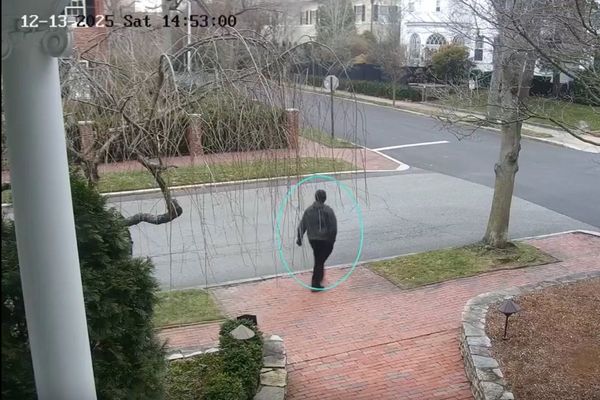
About 30% of Australian threatened species can be found in cities and towns, right in front of many of us. Dr Kylie Soanes, an urban ecologist at the University of Melbourne, says while Australians often think of the urban environment as the “opposite to nature”, it is really not true.
That is especially the case with birds. Guardian Australia’s bird of the year poll is a chance to celebrate the birds we love and admire. There are lots of ways to support the birds living in our back yards, in street trees and local parks. Here are five.
Create an urban oasis for birds
The city environment can be up to 10C hotter than its natural surroundings, and that can take a toll on animals – particularly birds, which often struggle to cool down.
Soanes suggests providing water in dishes or birdbaths at different heights, stationed partly in sun and shade. One might be a shallow dish on the ground, a couple of centimetres deep with a few rocks and twigs for insects and small lizards. Another an elevated platform such as a birdbath, about a metre off the ground, and safe from roaming cats and dogs.
“If it’s close to a tree or a shrub or some kind of perch it can help birds feel a bit safer and a bit easier getting in and out,” she says. “They might dip in, have a splash around and then hop back to the perch to dry themselves off.”
It’s a win-win situation. “Having somewhere reliable, where they can come in for a drink or a bath, is great for them,” she says. “But also great for you, because there’s nothing better than seeing a bird have a splash in your bird bath. It makes you feel like a real champion.”
Plant a variety of native flowers and shrubs
“If you have soil that you can plant in, my top tip would be to get out there and plant some indigenous or locally native plants,” says Dr Jacinta Humphrey, an urban ecologist at RMIT University.
Try to get in a diversity of plants, she says. That might include flowers offering nectar and pollen for insects and fruiting plants for birds to feed on. If there’s space, it’s good to incorporate a range of heights – ground covers, mid-storey shrubs and trees.
Anyone lucky enough to have a large tree in their garden might consider installing a nest box, Humphrey says. Nest boxes – small shelters designed for animals to nest, roost or rest in – are used by about 15% of native birds, she says, including parrots and small birds such as spotted pardalotes.
Excuse the mess
When gardening, it’s good to allow things to get a little messy, Humphrey says. Instead of sweeping up or blowing away all the leaves, twigs and bark, let some accumulate to provide habitat or nest-building construction materials.
Consider adding a few rocks, logs and mulch, she says.
“Things like little superb fairy wrens will love that kind of habitat, because they can jump around and be digging in the mulch for insects.”
Need to know more? Birdlife Australia offers an online course on habitat gardening for birds.
Window dressing
No one enjoys hearing the sickening thud of a bird hitting the window, Soanes says.
Bird collisions with windows are common in urban areas, and are more likely to happen with large windows that reflect the sky, or appear to be a continuous flyway.
If you’ve had this happen at home, Soanes recommends trying to think like a bird to diagnose the issue – is there habitat close to the glass, or something that’s attracting them? Are there bird baths or indoor plants too close to the window?
One solution is to use UV anti-collision stickers, a type of decal that can be applied to the glass. These are almost invisible to humans but help birds safely navigate and avoid window collisions.
Stickers should be placed no more than 10 to 15cm apart, making it clear to birds there’s a barrier.
“Another really good tip,” Soanes says, “is you don’t always have to have shiny, clean windows. And if your windows are a bit dirty, you can chalk that up to doing something nice for biodiversity.”
Beyond the front fence
For anyone without a garden or wanting to do more, there are plenty of bird-friendly community activities to try.
Some councils let people plant on their nature strips, Humphrey says. Grassy lawn isn’t a great habitat for most Australian wildlife, she says. “If we can remove that grass and plant a range of different native flowering plants, that is going to do wonders.”
People can also volunteer with local friends-of groups working to restore habitat in local parks or creeks, she says, or join in as a citizen scientist. The Aussie Bird Count (20-26 October) and the Great Southern Bioblitz (24-27 October) are two big upcoming events for observing and recording nature.
Spring is a great time of year to see birds, Soanes says – the weather is warming up, plants are flowering and insects are starting to emerge.
“It’s a really nice time of year to take stock and pay attention to just how much diversity there is in our urban environments. I think it would surprise most people, if they just stopped and sat for five or 10 minutes, how many different birds they’d be able to count just in their local area.”







